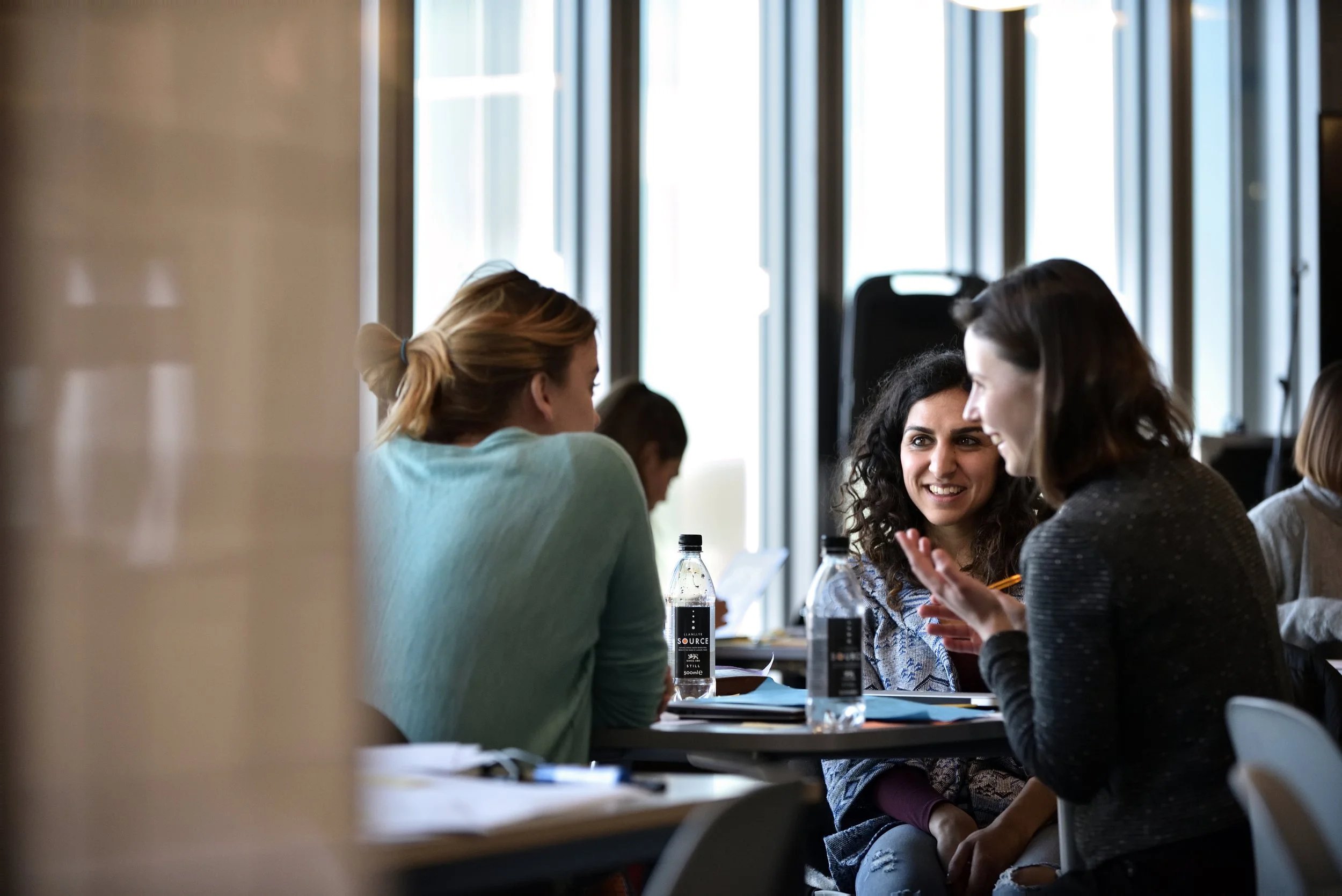10 Tips To Conduct Customer Discovery Interviews
Here are 10 tips To Conduct Customer Discovery Interviews and Questions to provide entrepreneurs with powerful insights about their early adopters and target customers’ needs, it might be difficult to conduct them without any experience.
Meeting with customers during the early stages of an entrepreneurial journey provides huge value in terms of understanding of the underlying needs, opinions, and motivations behind their behaviour.
Meeting with customers validates assumptions about the problems you are willing to solve with your business idea and informs a value proposition. At the same time, you have the chance to develop additional ideas or hypotheses to be tested with successive quantitative research.
Customer interviews help early stage entrepreneurs develop a deep understanding of the context before taking any other action. Having 40+ hours of interviews is not like sitting at a research agency de-brief reviewing a bunch of PowerPoint slides. We usually come back from the experience with real faces in our minds, we’re reminded of people’s words whenever we need insights to make a difficult decision.
However, as with most of the valuable things in life, conducting interviews is not easy. Interviews take a lot of practice, and at the end of the day we might feel exhausted. They don’t cost much money, but do require some time to recruit the right people, organise the agenda to accommodate them, and run the actual sessions.
Here are ten tips we put together on how to conduct customer development interviews based on our experience with hundreds of entrepreneurs.
1. Come prepared, have it clear in your mind what you want and how to get it.
We don’t do improvisation, it might waste the opportunity and we might end up not knowing what we originally wanted to know. Instead, we usually prepare a script, which forces us to focus in advance on our objectives and find the right way to achieve them during the session.
2. Smile and be kind, interviews contribute to making the whole process more human.
People are generally happy to help and talk about their frustrations if they feel that someone is going to find a solution and they are going to be part of the process. Sometimes they are also driven by the curiosity to see how a new product is developed. So we try to be kind and open with them, it’s our opportunity to learn and we are really grateful for it. Besides, we might end up meeting with someone with an interesting story to tell, it’s a nice way to spend an hour at work.
3. Create a connection when meeting customers.
We usually thank them for taking the time to meet us, and we offer them something to drink. If we are meeting in an office, we choose a cosy and comfortable room, better if there are sofas rather than board tables. And we try to spend the first minutes to create a connection with them on an emotional level. The more comfortable they feel with us, the more they will open up. The entire session shouldn’t feel like an interview. It has to be more like have a conversation with a friend about the problems in their daily lives.
4. Keep in mind that it’s an opportunity to learn, not to sell.
We resist from talking about our ideas all the time, about why what we are doing is cool and why they should love it. A customer interview is not the right place to do it, we are there to learn not to sell. We try to keep the conversation focused on customers problems, that’s the place to start. If they keep suggesting new features or what we should do – some people just can’t help it – we gently take them back to the problem side: what is their frustration and how do they solve it today? That’s what matters the most at this stage. We make it clear and explicit from the very beginning of the session: ‘we are not here to sell, but to learn from you‘.
5. Don’t overdo or overcrowd it.
Interviews can be exhausting, with all the emotional connection we have to create and the stress to facilitate the conversation around the areas of our interest. We don’t do more than three or four sessions per day, with one customer per session. And we try not to scare the customer with a crowded room. It’s good to bring team members with us to meet with customers. It will increase their understanding of the underlying needs behind the product. But two of us is more than enough: one speaks, the other takes notes.
6. Be ready to hear things you might not want to hear.
During interviews, we start to validate assumptions about problems first and then proceed with solutions. We make use of our industry knowledge, available insights and our experience to draft these assumptions. We are very much aware that we might be wrong, but it’s better to be proven wrong at this stage than after we’ve spent millions on development and a marketing campaign. That’s the whole rationale behind this! So we are ready to be proven wrong, and we take that as an opportunity to learn which problems customers really care about, or what our target segment is. In fact, as a rule of thumb, we should always ask at least one question that has the potential to destroy our currently imagined business.
7. Make sure you prevent polite validation.
The worst thing that could happen is to build and launch something nobody wants. So we prevent them from giving us positive feedback or validation because they think they have to be polite. We make it clear with customers, from the very beginning, that they will really be of help if they are brutally honest with us. And we try to control our facial expressions when they say something we really didn’t want to hear. But most importantly, we don’t talk about our idea during customer discovery interviews. Anyone will say that our idea is great if we are annoying enough about it. So we give as little information as possible about the business idea while we nudge the conversation in a useful direction.
8. Avoid asking customers what they want.
We’ve realised that if we ask someone “what are your problems with…”, they will probably struggle and it will be a bad start for an interview. Asking the wrong questions (here is a list of some of them) might waste our time and our guest’s time, and result in incorrect conclusions. We do our best to make assumptions about the problems target customers might face, and tell them a story they can relate to. We describe a real-life situation, and if we see them nodding and smiling, that when we know we are on the right path! After that, it’s all about letting them talk about their lives and to ask about specifics in the past instead of generics or opinions about the future.
9. Organise your notes as soon as possible after the interview.
After the interview, we know we may soon forget everything, especially if we immediately have another one. We’ve realised that it’s important to leave some time in our agenda so that we can take a half-hour to rest after the session and carefully document what they said and any meaningful non-verbal reactions related to what we were discussing.
10. Ask for permission to follow up and for referrals.
When wrapping up, we thank customers again for their time and we share with them how much value it was for our job to have had the opportunity to meet. If we had a good exchange with a customer and we believe they are a potential early adopter, we ask for permission to follow up. Moreover, they might know someone else interested in being interviewed. So we also ask them if they know someone else with a similar profile to recommend. It’s hard to find the right people, we shouldn’t miss this opportunity.
Based on our experience validating business ideas with hundreds of entrepreneurs, we’ve realised that if we follow these ten tips we will finish our sessions with a clear understanding of our target customers. Their frustrations, their hacks, their behaviours: all valuable insights that we can use to define and launch a new successful business.

